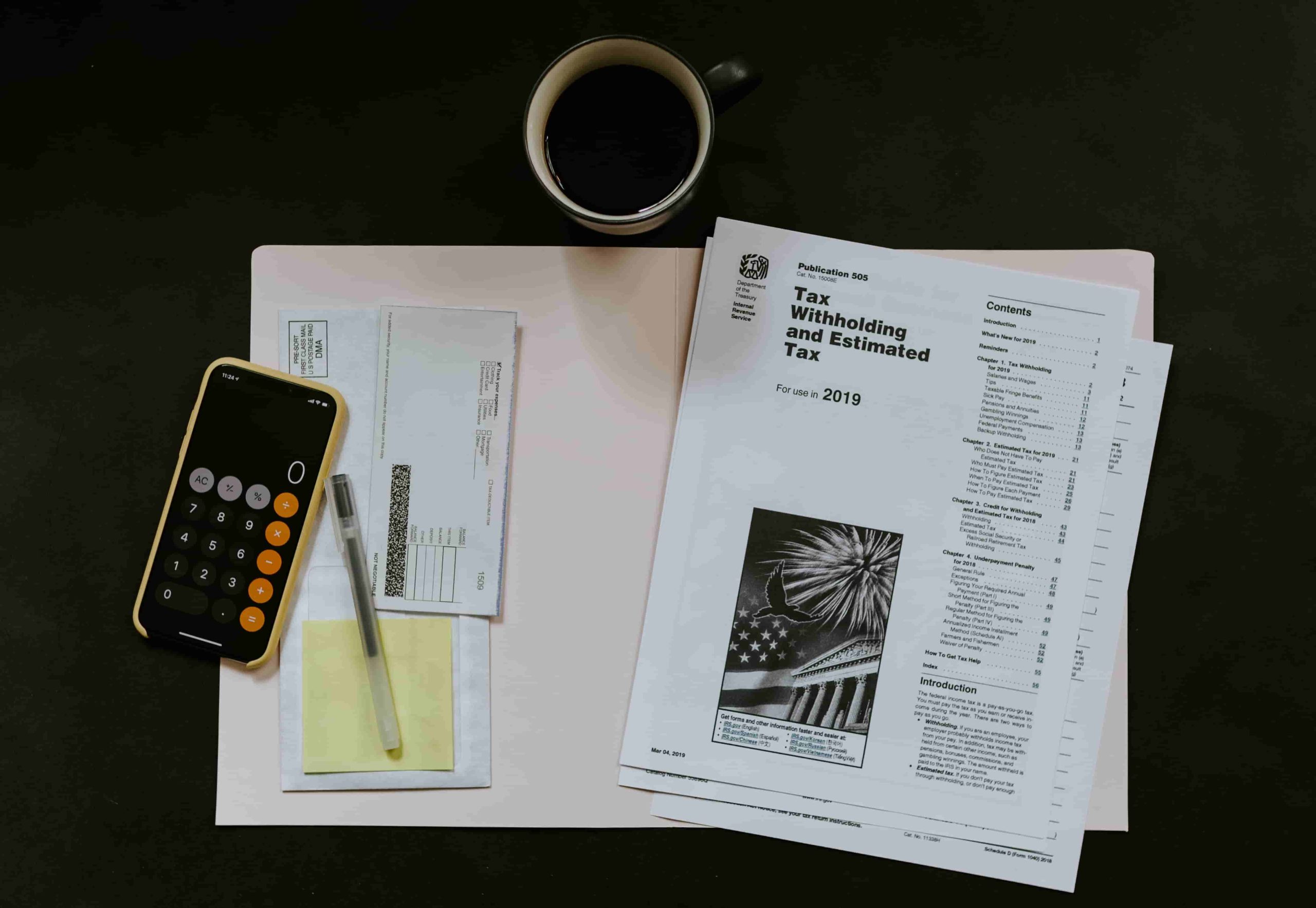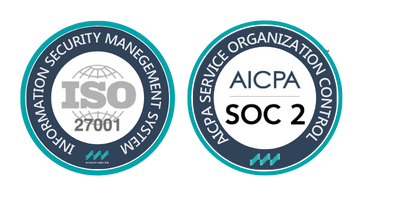Credit scoring models play a fundamental role in the risk management practice at most banks. They are used to quantify credit risk at counterparty or transaction level in the different phases of the credit cycle (e.g. application, behavioural, collection models). The credit score empowers users to make quick decisions or even to automate decisions and this is extremely desirable when banks are dealing with large volumes of clients and relatively small margin of profits at individual transaction level (i.e. consumer lending, but increasingly also small business lending).
SIMILAR POSTS

19 May 2021
Managing Credit Risk For Retail Low-Default Portfolios
Low-Default Portfolios (LDPs) form a significant and substantial portion of retail assets at major financial institutions. However, in the literature, [...]

Estimating Conservative Loss Given Default
The new Basel Capital Accord (Basel II) is going to be embedded in the risk management practices at many financial [...]

11 January 2021
Mastering Risk Management in the Digital Payments Space
Merchant acquirers are faced with a challenging environment and will have to face further risks. The credit risk process needs [...]



